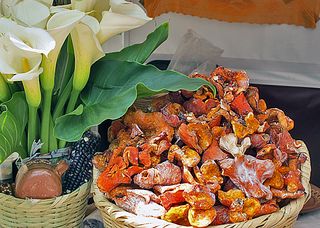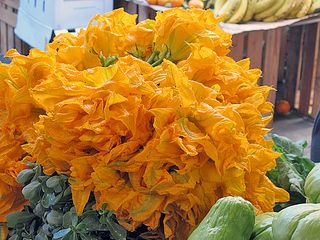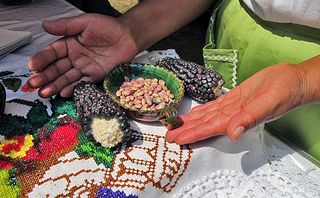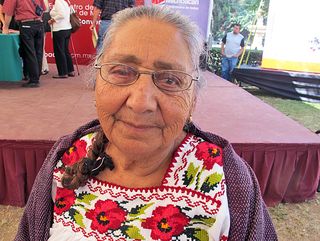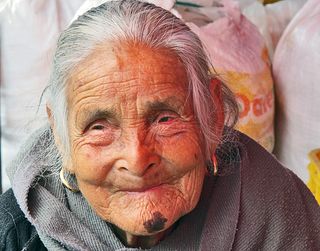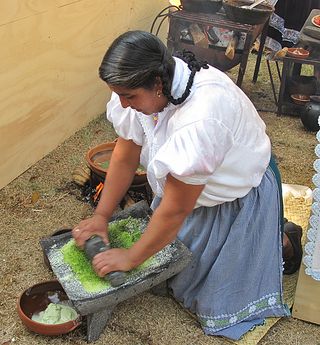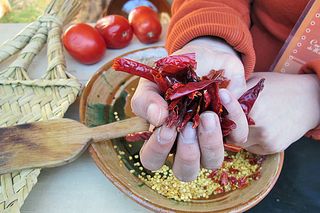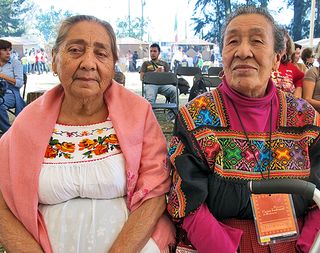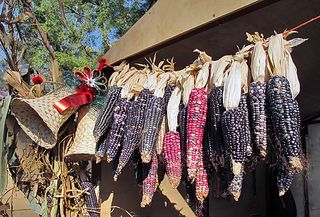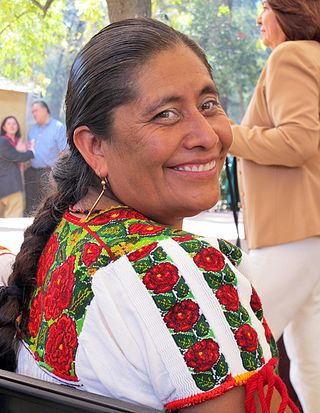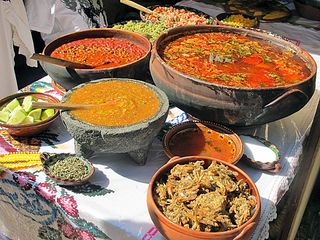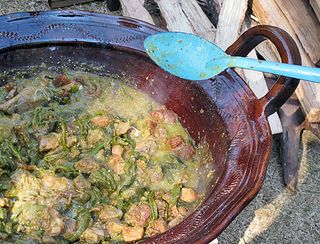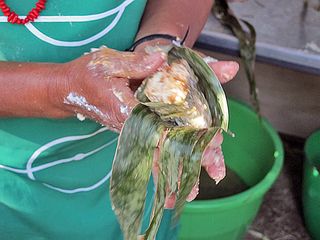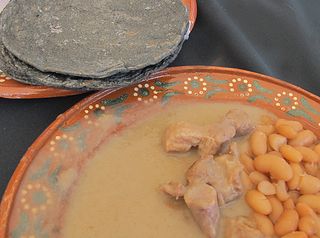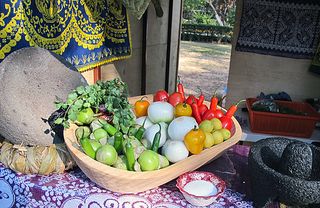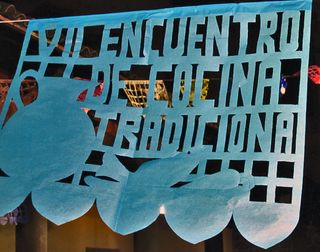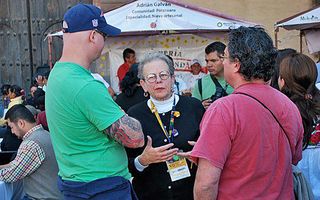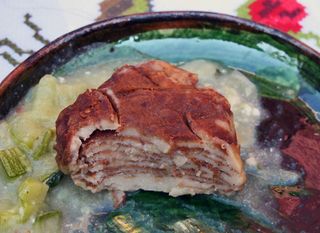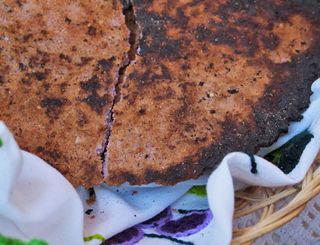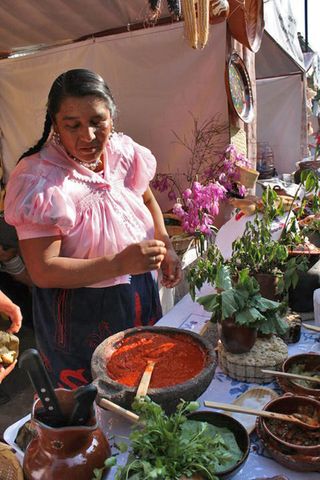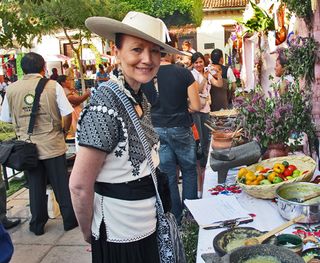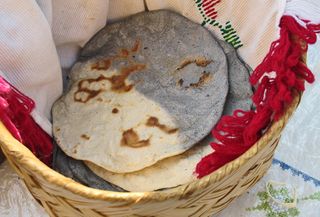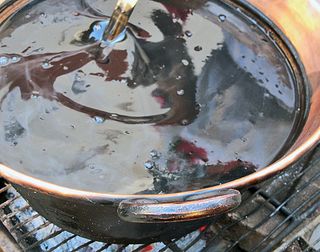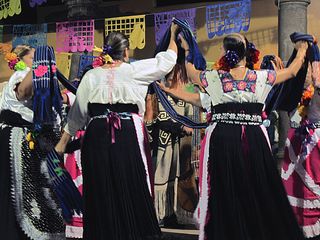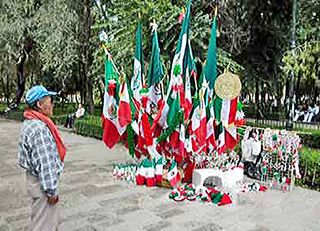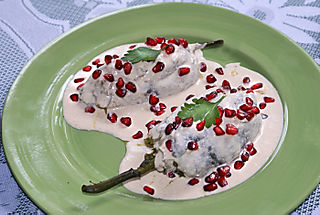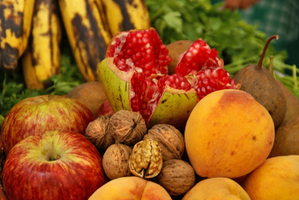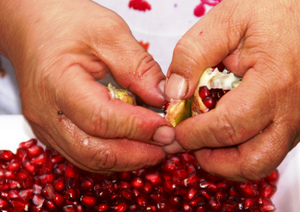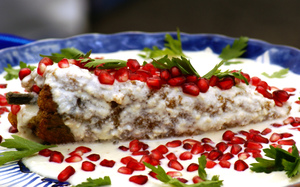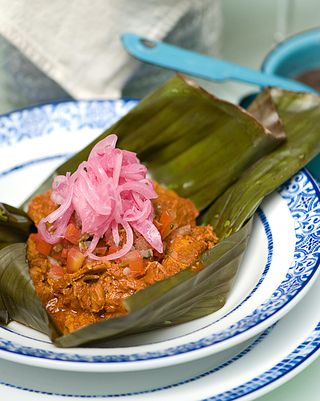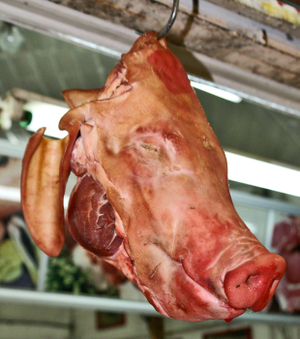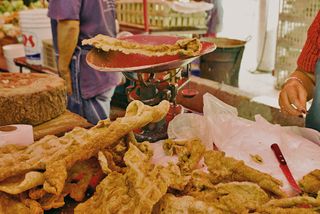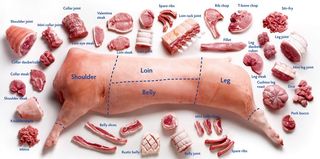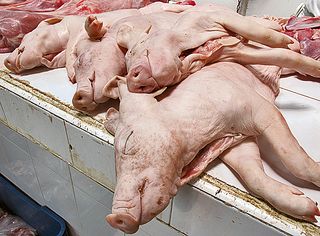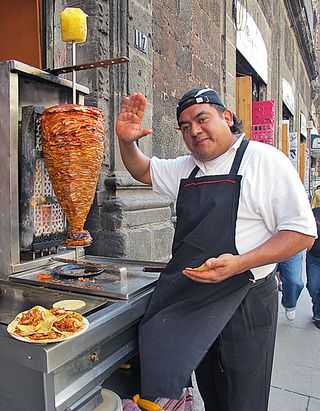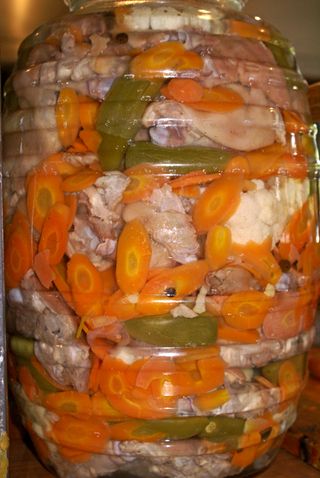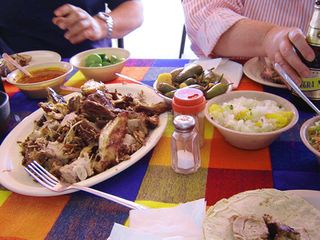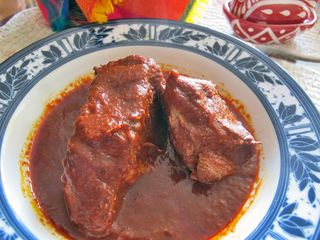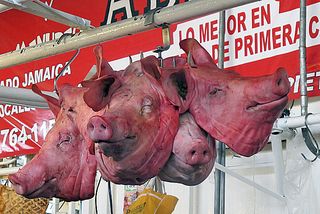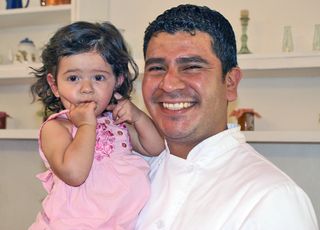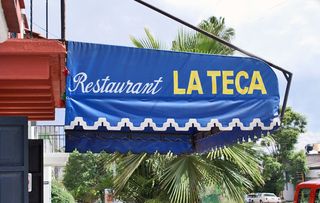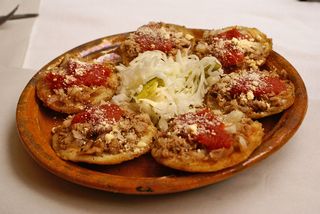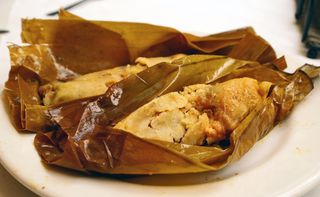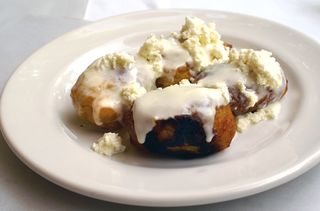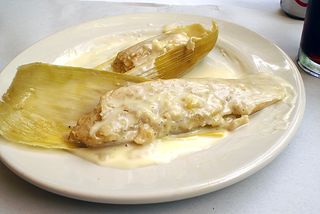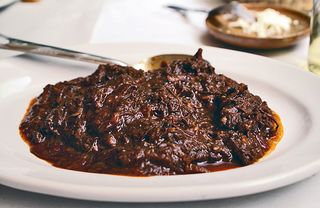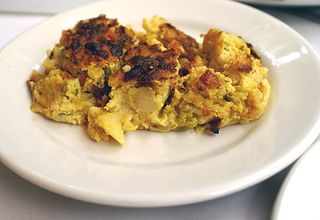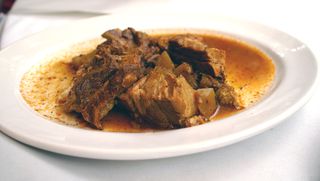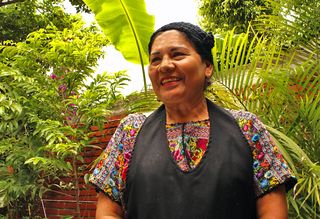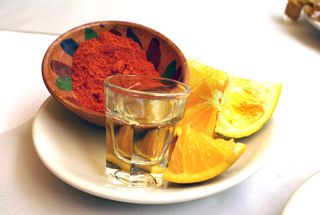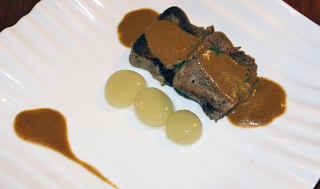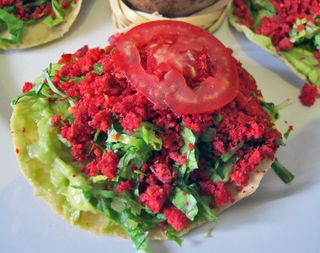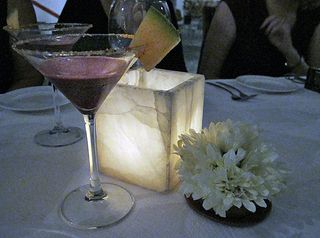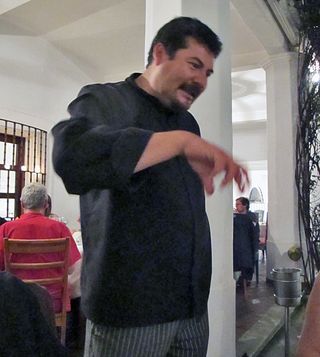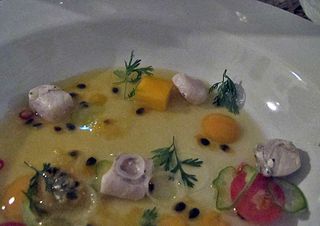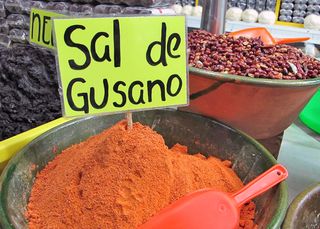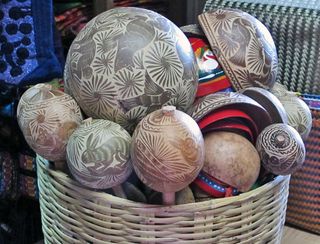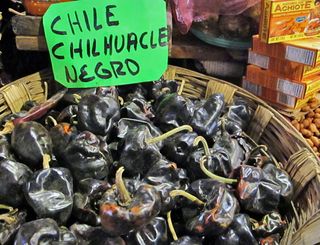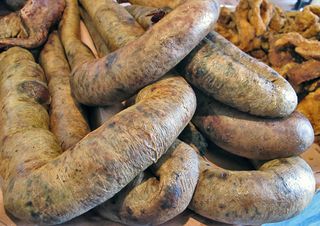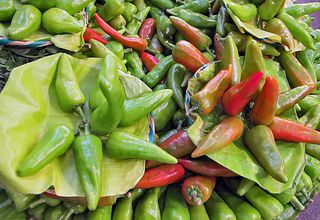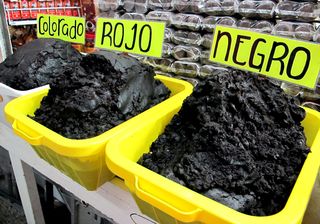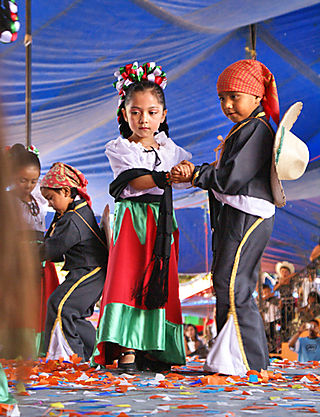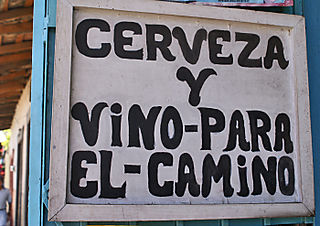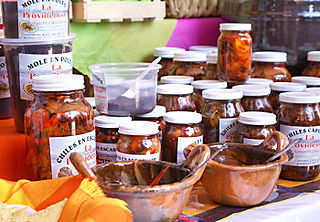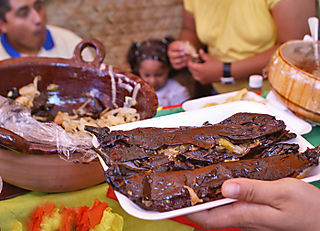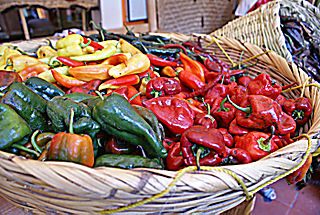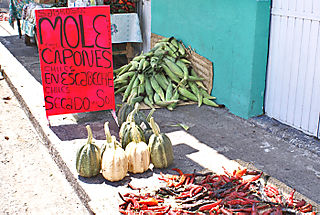
The Spice Everywhere crew, starring the spicy Ms. Juliet Lambert (center, in leopard print).
Pop-ups, the latest restaurant craze in a good part of the world, have become a big hit in Mexico City due to Juliet Lambert. Early in 2013, Juliet, owner of Spice Catering, decided she wanted to take on "a new project, one where I could just have fun". What would you do just to have fun–plan a vacation, adopt a puppy? Juliet, the happy caterer, opened a Sundays-only brunch restaurant–Spice Everywhere! Instead of searching for a permanent venue, she opted for a pop-up, defined as a temporary restaurant, often operated from a private home, a former factory, or, as is the case of Spice Everywhere, currently operating in a restaurant that's unused on Sundays.
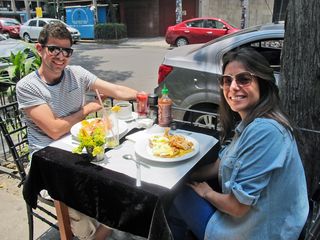
Open on Sundays from 10AM to 4PM, Spice Everywhere offers American-style brunch, a concept virtually unknown in Mexico City. The menu ranges from (language direct from the menu) the offering titled 'Straight Up, No Bullshit' (2 eggs, fried or scrambled, sausage or bacon, hash browns, two slices of toast or English muffin) all the way to Papa Richard's Eggs Benedict, prepared just as you like them: two poached eggs, served on a toasted English muffin with lemony Hollandaise sauce and a side of hash browns.
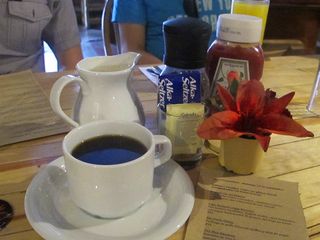
American-style coffee, full-bodied, strong, and delicious, is a bottomless cup–unusual in Mexico City, where refills most often sock you with an extra charge. Mexico Cooks! asked for and received both no-calorie sweetener and evaporated milk for the coffee–just the way I like it, in this land where half-and-half is hard to find. If you had one too many adult beverages on Saturday night, there's always Alka-Seltzer on the table to plop-plop fizz-fizz in a glass of cold water, a classic remedy for your hangover.

At Spice Everywhere, all breakfasts start with a big side dish of seasonal fresh fruit. Our fruit plates included papaya, pineapple, strawberries, and sweet Michoacán-raised blackberries. If you like your fruit Mexican style, ask your wait person for a bottle of Tajín (tah-HEEN), powdered chile prepared with salt and the flavor of limón, to sprinkle on your fruit.
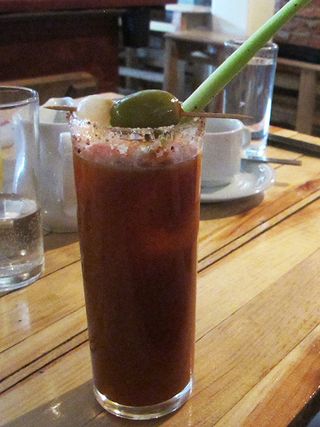
On the other hand, if you prefer a classic brunch drink (or a hair of the dog hangover remedy), the Spice Everywhere Bloody Mary is definitely what you want (55 pesos). Think a tall glass rimmed with celery salt and filled with a combo of Absolut vodka, a house-made blend of tomato juice, real horseradish (all but unknown in Mexico), salsa inglesa (Worcestershire sauce, in Spanish) and several other spices, just what the doctor ordered to open your sleepy eyes. Mimosas made with fresh-squeezed orange juice and plenty of bubbly are also available (65 pesos).

Two of our brunch group ordered The Uncle Cletus, full order for each of them: fried breast of chicken and two waffles, dusted with confectioner's sugar and served with an individual pitcher of maple syrup (95 pesos). The guys pronounced their breakfast fabulous.
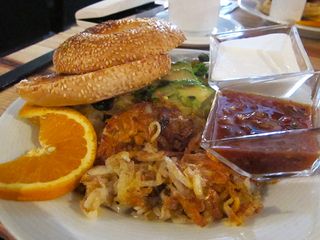
Another at our table ordered the Buffalo 66: eggs (or tofu, your choice) scrambled with green peppers, mushrooms, onions, garlic, and cheddar cheese, served with hash browns and toast, plus salsa and sour cream (95 pesos). Our companion opted for a toasted sesame seed bagel instead of toast.
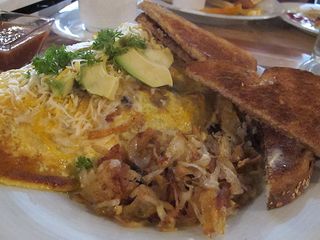
Mexico Cooks! ordered the Tex-Mex omelet: three eggs stuffed with diced smoked ham, onions, peppers, and cheddar cheese, topped with avocado slices and served with hash browns and either wheat or white toast (125 pesos). This omelet, tender and perfectly cooked, was enormous–so big I couldn't finish it. I ended up asking the waiter to have mercy on me and take my plate away before I tried to down the whole thing.

Dogs on leashes are welcome at Spice Everywhere's outdoor tables. A bowl of water and a couple of sausages are free for your favorite pooch.

At Spice Everywhere's current location, billar (pool) is free to anyone who cares to play. Here, journalist Laura Carlsen and her brunch companion Alfredo Acedo play while their meal is prepared. The standard prize: loser gets a free shot of tequila.
Additional brunch items available at Spice Everywhere: the Cowboy Breakfast (two house-made biscuits smothered in rich sausage gravy), the Dagwood breakfast sandwich (scrambled eggs, pesto, cheddar cheese, plus bacon, sausage, or ham, tomato, and avocado, served with hash browns), La Condesa (two waffles topped with fresh berries and whipped cream, bacon, and a pitcher of maple syrup), and the Salmon Rushdie (a toasted sesame seed bagel with cream cheese, smoked salmon, capers and onions).
The pop-up also offers mind-boggling gooey cinnamon rolls, heavenly chocolate mousse, and a full range of breakfast-appropriate beverages.

Juliet Lambert with mutual friends Nick Gilman (black shirt), Jim Johnston (foreground), and, mostly hidden, Martin Brown, who lived in Mexico City several years ago and was here visiting from Barcelona.
A few minor thumbs-down: the hash browns could be prepared with less fat–mine were pretty much swimming in it, and a quick check of my companion's Buffalo 66 plate showed the same. A salt shaker on every table would be helpful. Our table rocked, and not in a good way–someone needs to make sure all the tables are level.
A few major thumbs-up: the music selection is big fun, all make-you-wanna-dance oldies from I'm not saying how long ago, but I remembered them from the transistor radio days of my distant youth. The warm, friendly ambience, attentive staff, and really cool clients make you feel right at home. And the food is way above average–delicious! By all means, be sure to go for brunch, any Sunday.

Stenciled on a brick wall at this Spice Everywhere location: Please Don't Leave Me. Don't worry, Spice! We'll follow you wherever you might go.
Look on Spice Everywhere's Facebook page for updates about the pop-up location. For now and the near future, Spice Everywhere will serve Sunday brunch at:
Hostel 333, ground floor
333 Calle Colima (a half-block from the corner of Calle Medellín)
Colonia Roma Norte
Mexico City
Open Sundays only, 10AM – 4PM
Cash only – no credit cards
Looking for a tailored-to-your-interests specialized tour in Mexico? Click here: Tours.
